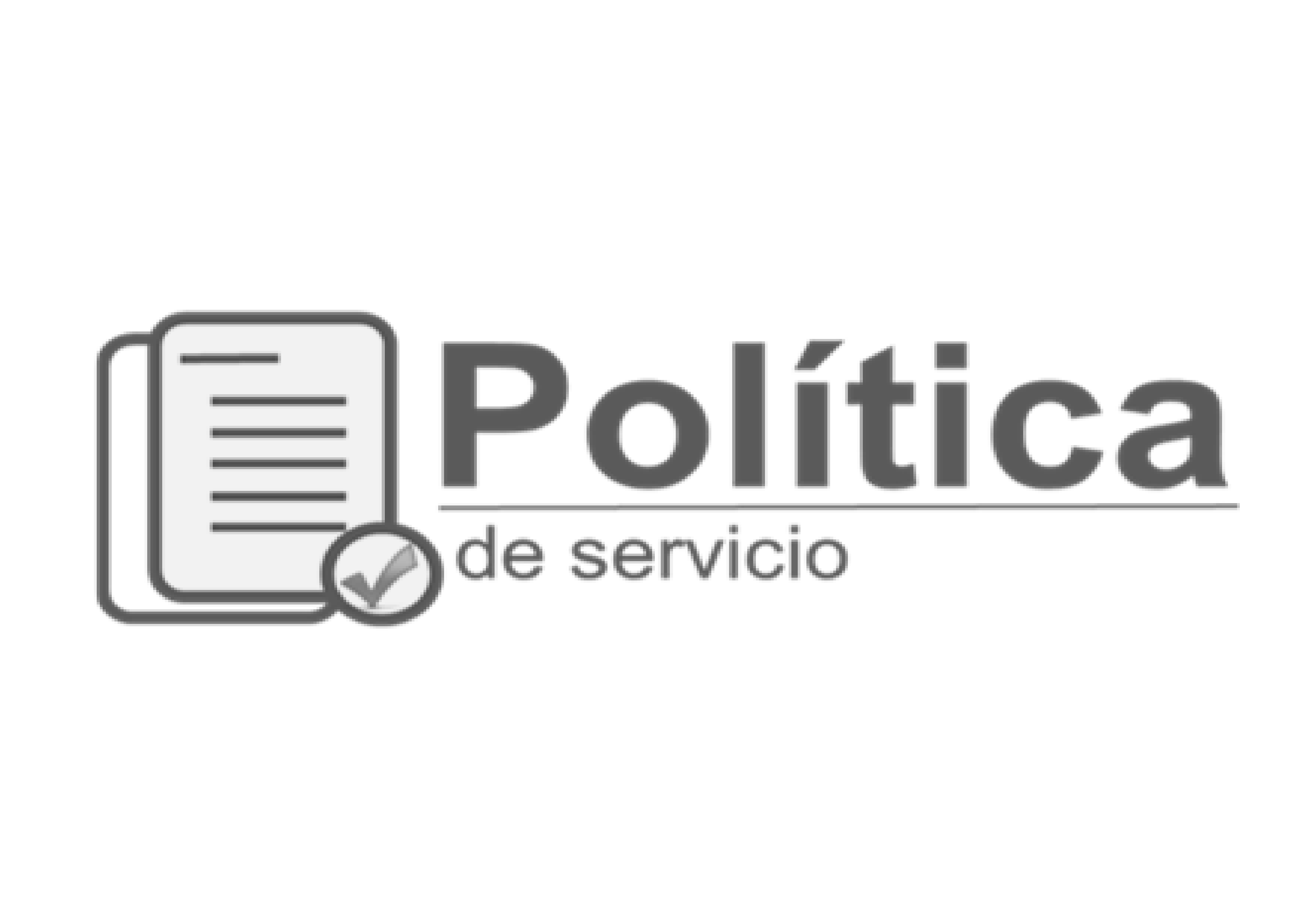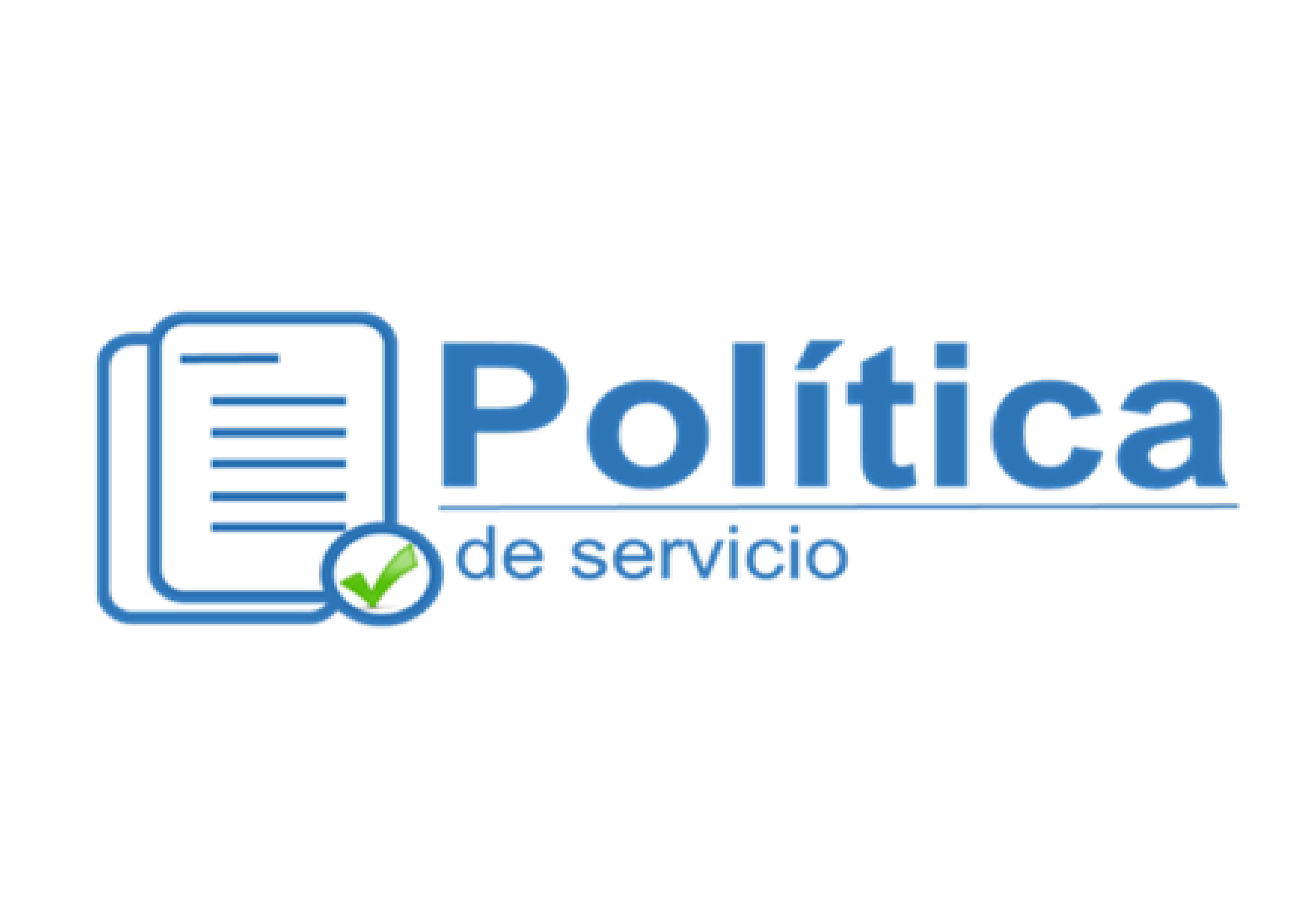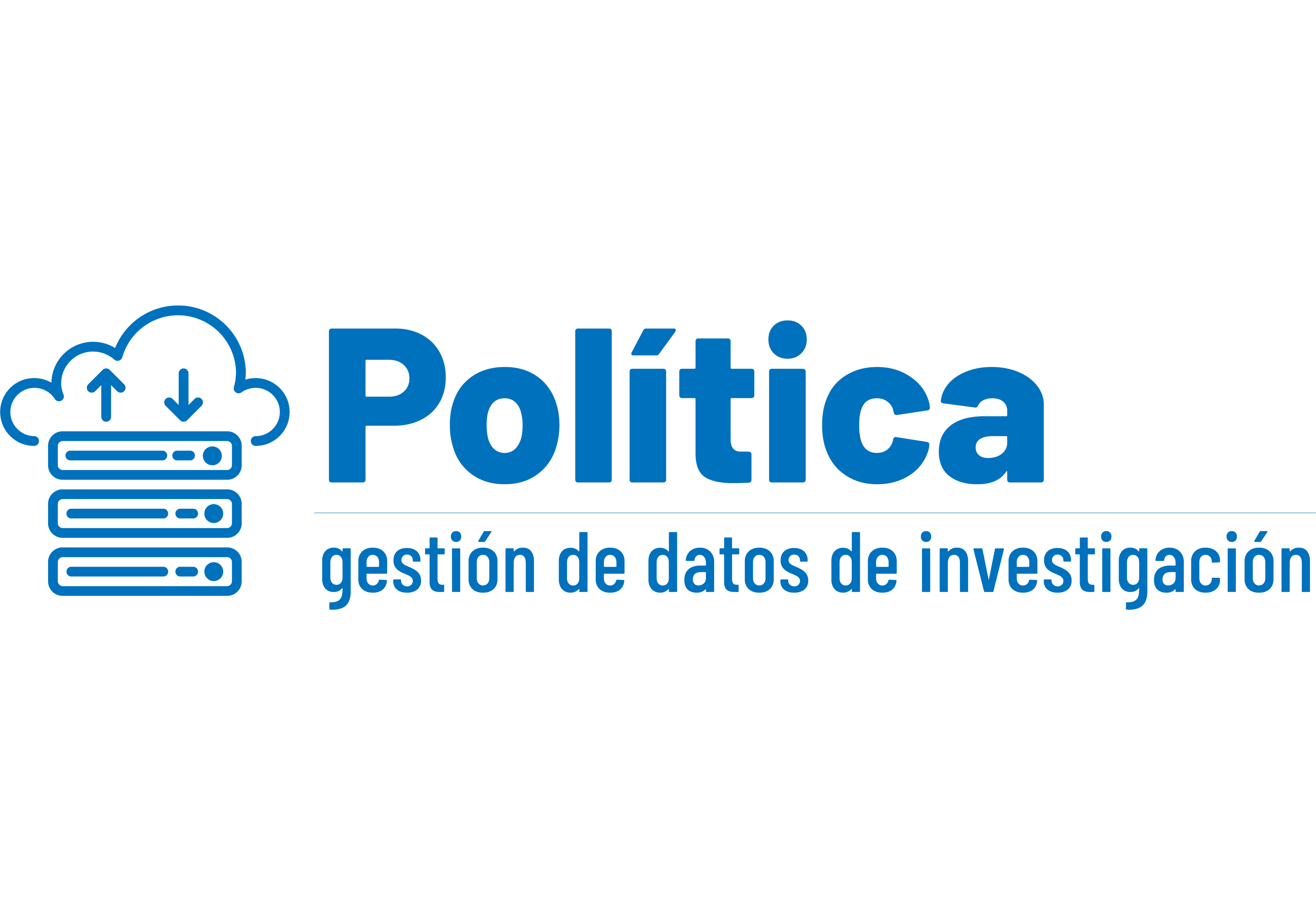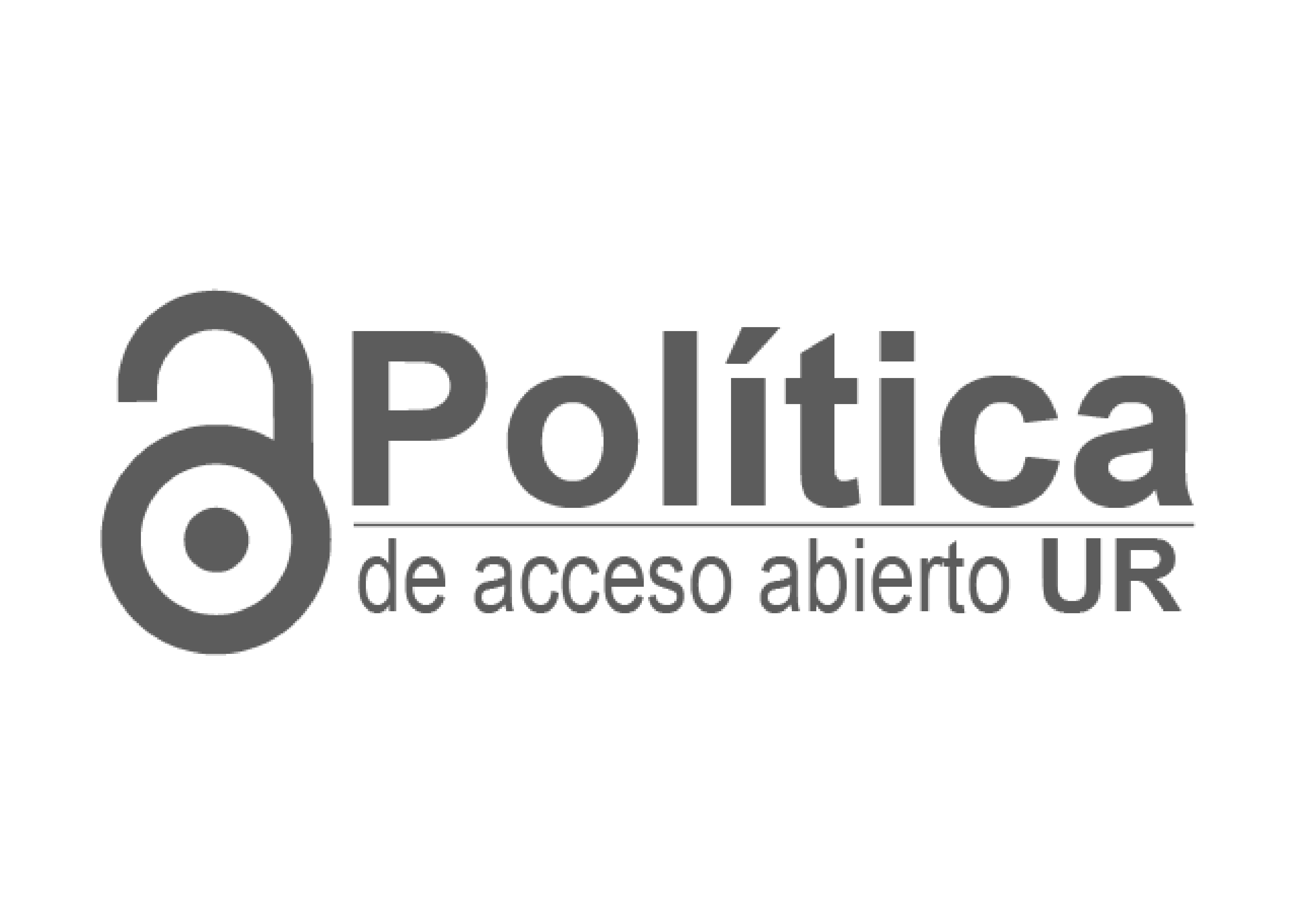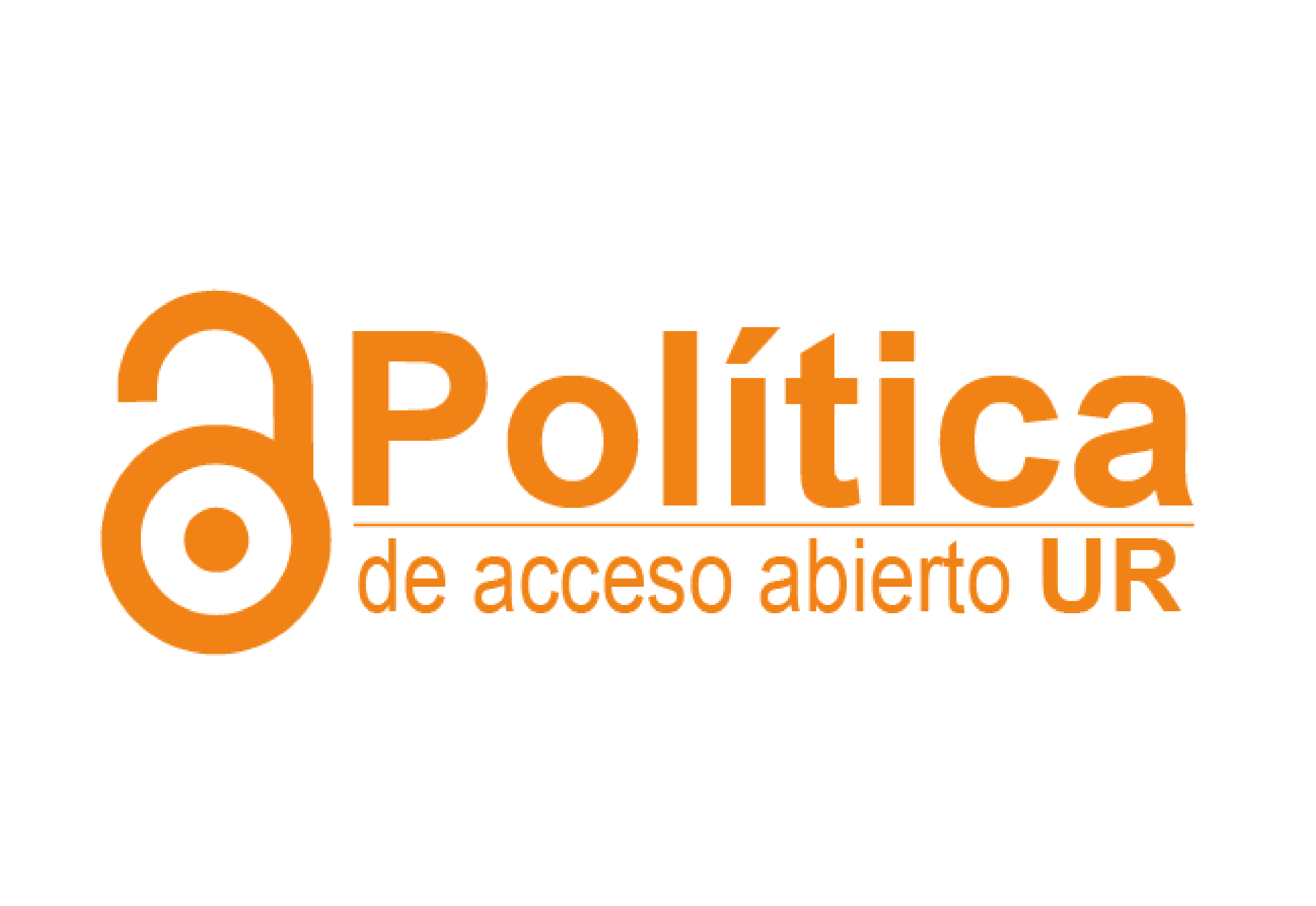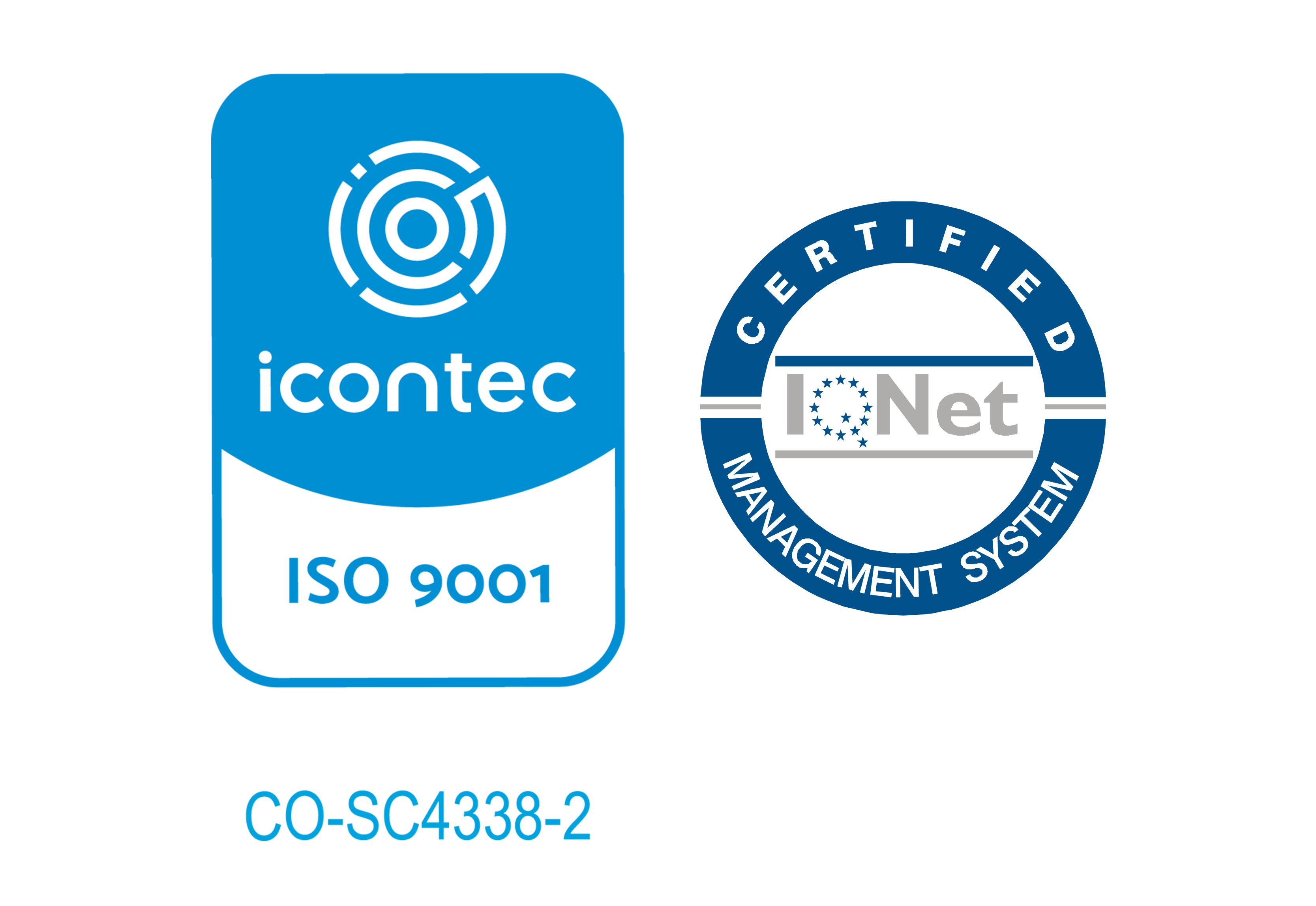Intro; How to Use this Book; Evolution of Program Management; Starting Point and Section Organization; Contents; Contributors; Chapter 1: Initial Approach to Ultrasound Management: Making Ultrasound Meaningful from the Start; Objectives; Perspective on Point-of-Care Ultrasound Evolution; History of Point-of-Care, Clinical US; US Management; Ultrasound Management Goals; Leadership; Ultrasound Equipment; US Training; Quality Improvement; Credentialing and Certification; Clinical Protocols; Information Management; Work Value and Reimbursement; Ultrasound Strategy; Situational Awareness.
Creating a US Network with Key System PersonnelTiming; New Frontiers; Definition of Success; Pitfalls; Key Recommendations for US Program Management; References; Chapter 2: Ultrasound Director; Objectives; Introduction; Benefits to Having a Director or Coordinator; Things to Consider Ahead of Job Commitment; Taking on the New Job; Established Patterns and Credentialing Pathways; Who Else Is Using Ultrasound?; The Ultrasound Director Job; Extramural Involvement; Quality Assurance and Improvement; Making the Ultrasound Directors Job Easier; Making a Service Plan; Compensation.
System Wide POC US DirectorWorking with Industry/Consulting; Medico-Legal Issues; Defensive Planning; Key Recommendation; Relevant Literature; References; Chapter 3: Job Search and Contract Negotiations; Objectives; Introduction; Job Search; Peak Value; Where to Look; How to Write a Cover Letter and CV; Evaluating an Ultrasound Position; Contract Considerations; Negotiation; Renegotiating a Contract; Discussion; Pitfalls; Key Recommendations; References; Chapter 4: Institutional Point of Care Ultrasound; Objectives; Introduction; Establishing the Need; The Presentation.
How to Structure a ProgramProgramming; Capture Your Data; Synergy; Pitfalls; Key Recommendations; References; Chapter 5: Introductory Education; Objectives; Introduction; Pre-course Materials; Ultrasound Courses; Course Setting; Finding the Right Course; Supplemental Education; Determining Competency; Pitfalls; Key Recommendations; References; Chapter 6: Continuing Education; Learning Objectives; Introduction; Deliberate Practice; Educational Goals; Blended Learning; Web-Based Instruction; Simulation and Hands-On Education; Pitfalls; Key Recommendations; References.
Chapter 7: Undergraduate Ultrasound EducationObjectives; Introduction; Main Ideas; Curriculum Development; Problem Identification and General Needs Assessment; General Needs Assessment; Targeted Needs Assessment; Basic Competencies; Advanced Competencies; Measurable Goals and Objectives; Educational Strategies; Proficiency Assessment; Implementation; Ultrasound Champion; Funding Considerations; Evaluation and Feedback; Discussion; Pitfalls; Key Recommendations; Appendix 7.1 Sample Undergraduate Medical Education (UME) Integrated Vertical Ultrasound Curriculum; Medical School Year 1.
This book addresses the wide range of issues that face the program leader - from how to choose a site and how to negotiate for equipment, to how to determine staffing requirements and how to anticipate and defuse possible turf issues with other programs and services in the hospital or healthcare facility. The early chapters of this book focus on the leadership of your program whether in your department or institution. The second section centers on education at all levels recognizing that smaller machines have made ultrasound available for medical students to advanced practitioners. The third section provides detailed logistics on equipment, maintenance, and safety. The fourth section focuses on a quality improvement program and includes a chapter on the workflow process. For those with limited budgets we also offer a section on practical operating and educational solutions. The fifth section offers insight into hospital level credentialing, quality assurance, national politics, and recent issues with accreditation. This is followed by reimbursement and coding. The last section covers topics in specialized communities. Chapters focus on ultrasound in global health, emergency medical services, pediatrics, critical care, community and office based practices. Multiple US working documents including checklists, graphs, spreadsheets, tables, and policy appendices are included.
Texto en inglés

Escuela de administración
Facultad de Jurisprudencia
Facultad de Ciencias
Escuela de Ciencias
Escuela de Medicina
Facultad de Economía
Facultad de Estudios
Facultad de Creación
Escuela de Ingeniería,
Otras Ofertas
 Historia y símbolos
Historia y símbolos
 Enfoque estratégico
Enfoque estratégico
 Gobierno universitario
Gobierno universitario
 Playbok - Nuestros pilares de transformación
Playbok - Nuestros pilares de transformación
 Protocolo de seguridad
Protocolo de seguridad
 Archivo histórico
Archivo histórico
 Portafolio de becas, descuentos y apoyo financiero
Portafolio de becas, descuentos y apoyo financiero
 Casa UR
Casa UR






 Proyección social
Proyección social Filantropía
Filantropía Hagámoslo posible
Hagámoslo posible

 Libro
Libro
